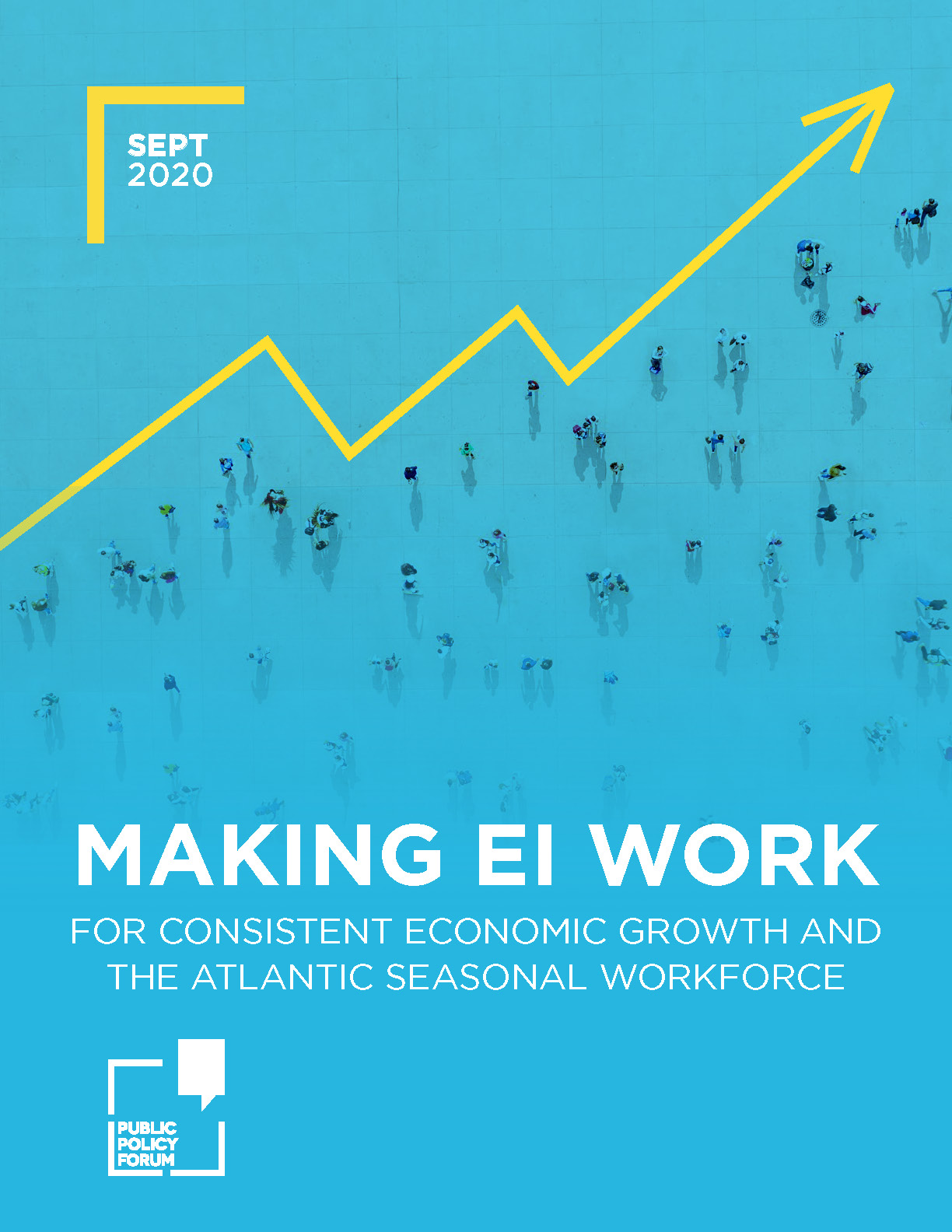
Making EI Work: For Consistent Economic Growth and The Atlantic Seasonal Workforce
Series | Immigration & Atlantic RevitalizationThe COVID-19 crisis has put longstanding issues with Canada’s EI system in sharp relief. Economist David Campbell argues that the way Canada structures EI and measures the seasonal workforce is distorting regional labour markets. As a result, its negatively impacting the economic potential of regions with widespread use of EI by seasonal workers.
The paper focuses on Atlantic Canada, where EI has become an important source of income for many households, particularly in smaller urban centres and rural areas. Simultaneous high unemployment rates and labour shortages in many of these areas is one symptom of an EI system that assumes traditional employment and workers who are actively pursuing jobs when unemployed. Seasonal workers often don’t fit neatly into this picture, returning to the same job later in the year rather than being “between (different) jobs” whether out of preference, skills or other reasons. The result is large numbers of workers being classified as actively looking for work by our EI system’s definition of unemployment, when they may not be, since there is no specific language to treat seasonal work any differently than traditional employment.
This paper looks at six potential reforms to EI and their various implications. The goal of a social assistance program should be to protect workers and contribute to – rather than hinder – economic growth in parts of the country with higher levels of seasonal unemployment. As Canada looks to support workers against further income volatility after the pandemic and recharge economic growth, program expansion won’t be enough: EI will require considerations for how the program is designed in relation to seasonal work, and how different types of workers and unemployment scenarios are classified in the first place.
David Campbell outlines several guiding principles that should be applied to any potential EI reforms:
- Reforms should ensure a clear picture of the real unemployment situation adjusted for seasonal workforce realities.
- The ultimate objective should be to ensure firms have access to the workforce needed to support regional economies at industry-competitive wage rates.
- Reforms that force large-scale outward migration from rural communities should not be made. The objective should be to strengthen rural communities by ensuring that new full-time/full-year jobs and seasonal jobs can be filled. Reforms should send industry a clear signal that workforce demand will be addressed.

This report is part of PPF’s Immigration & Atlantic Revitalization project that is examining immigrant retention and skilled labour shortages across Atlantic Canada.









